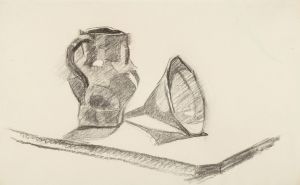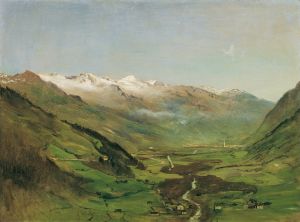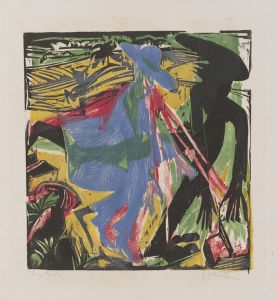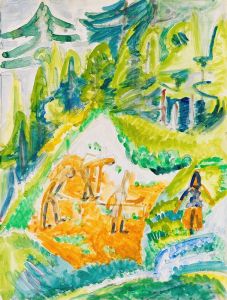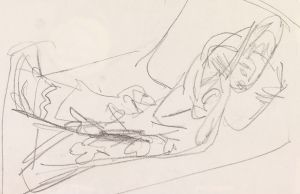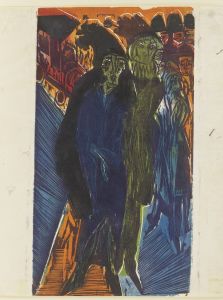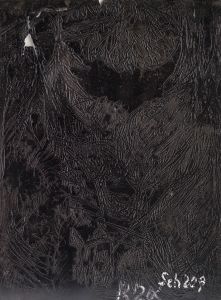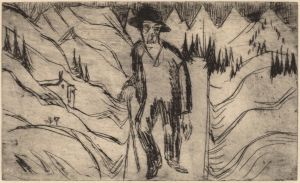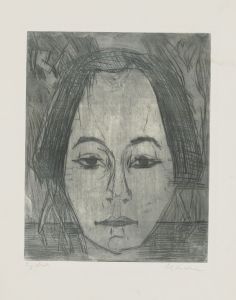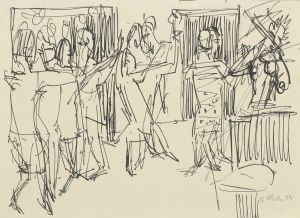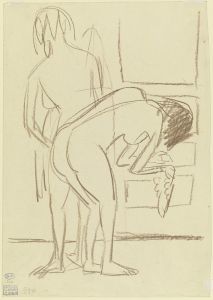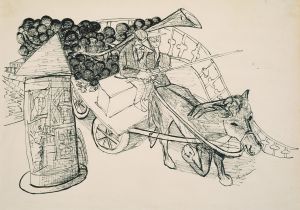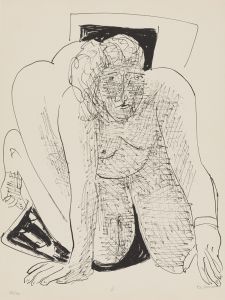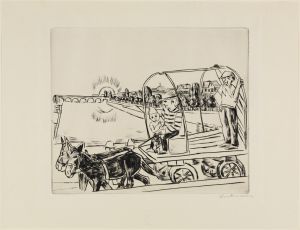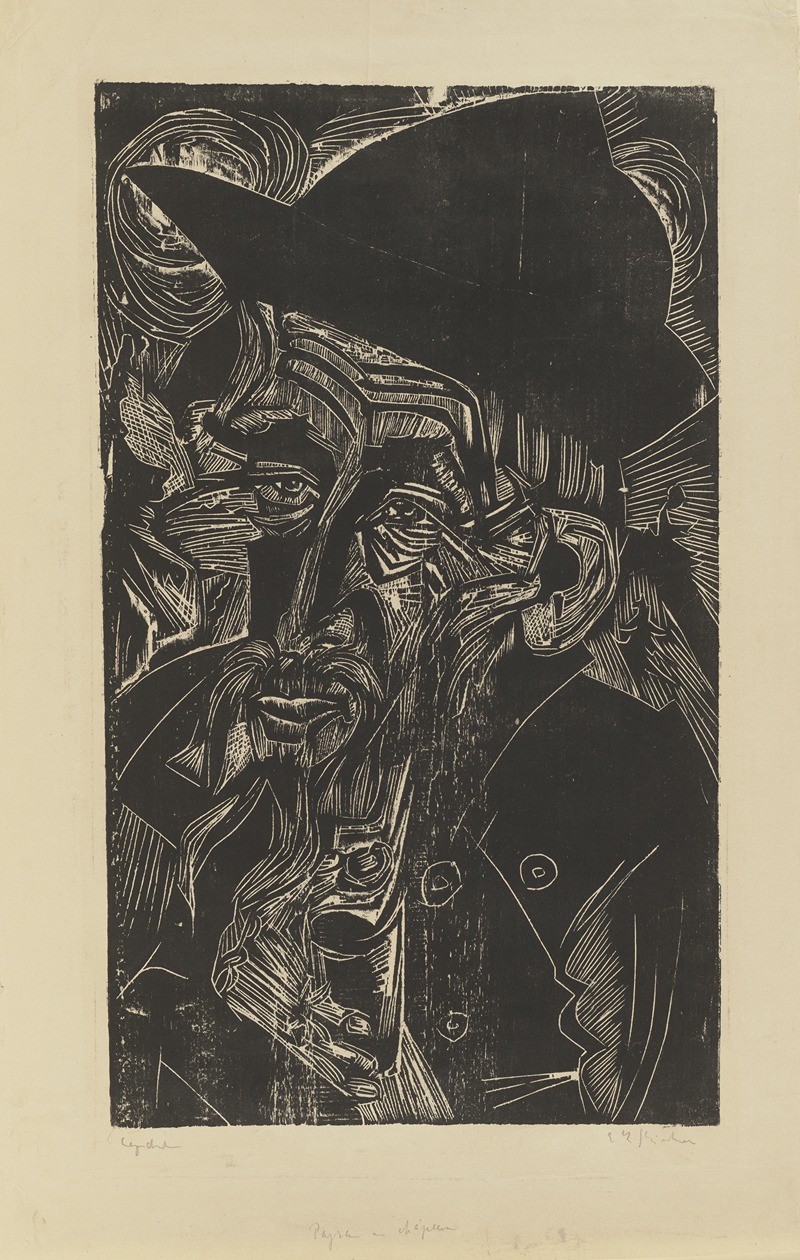
Alter Berghirte
A hand-painted replica of Ernst Ludwig Kirchner’s masterpiece Alter Berghirte, meticulously crafted by professional artists to capture the true essence of the original. Each piece is created with museum-quality canvas and rare mineral pigments, carefully painted by experienced artists with delicate brushstrokes and rich, layered colors to perfectly recreate the texture of the original artwork. Unlike machine-printed reproductions, this hand-painted version brings the painting to life, infused with the artist’s emotions and skill in every stroke. Whether for personal collection or home decoration, it instantly elevates the artistic atmosphere of any space.
Ernst Ludwig Kirchner was a prominent German expressionist painter and one of the founding members of the artist group Die Brücke (The Bridge), which played a pivotal role in the development of modern art in the early 20th century. His work is characterized by bold colors, dynamic compositions, and a distinct style that sought to convey emotional experience rather than physical reality.
"Alter Berghirte" (Old Mountain Shepherd) is one of Kirchner's notable works, painted in 1920. This painting reflects Kirchner's deep connection with the Swiss landscape and rural life, themes that became increasingly prominent in his work after he moved to Switzerland in 1917. The move was partly due to his need to recover from the psychological trauma he experienced during World War I, which had a profound impact on his life and art.
The painting depicts an elderly shepherd, a subject that resonates with Kirchner's interest in portraying individuals who live close to nature. The shepherd is shown in a mountainous setting, which is typical of the Swiss Alps where Kirchner spent much of his later life. The figure is rendered with Kirchner's characteristic use of vibrant colors and expressive brushwork, which imbue the scene with a sense of vitality and emotional depth.
Kirchner's style in "Alter Berghirte" reflects his mature period, where he combined elements of expressionism with a more personal, introspective approach. The painting's composition and color palette demonstrate his mastery of form and his ability to convey the essence of his subjects through abstraction and distortion. The use of bold outlines and simplified shapes is typical of Kirchner's work during this time, emphasizing the emotional and spiritual connection between the figure and the landscape.
The context of Kirchner's life during the creation of "Alter Berghirte" is significant. After his move to Switzerland, he settled in Davos, a place that offered him solace and inspiration. The serene and rugged environment of the Swiss Alps provided a stark contrast to the turmoil of his earlier years in Germany, and this change is reflected in the themes and mood of his paintings from this period. Kirchner's work during his time in Switzerland often focused on rural and pastoral subjects, capturing the harmony and simplicity of life in the mountains.
"Alter Berghirte" is an example of how Kirchner's art evolved in response to his environment and personal experiences. It illustrates his ongoing exploration of the human condition and his quest to express the inner life of his subjects. The painting is a testament to Kirchner's ability to merge his expressionist roots with a more contemplative and serene vision, resulting in a work that is both powerful and poignant.
Today, Ernst Ludwig Kirchner is celebrated as one of the leading figures of German expressionism, and his works, including "Alter Berghirte," continue to be studied and admired for their innovative approach and emotional resonance. His legacy is preserved in numerous museums and collections worldwide, where his paintings offer insight into the complexities of early 20th-century art and the enduring power of expressionist techniques.





